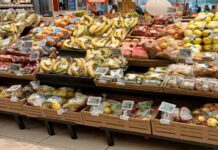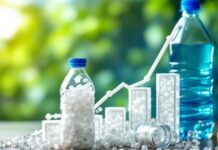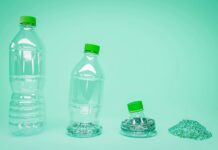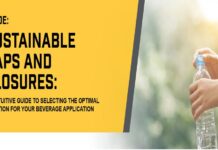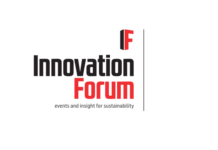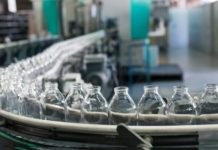Researchers, including Rafael Auras from Michigan State University, conducted a thorough analysis to determine the possible environmental effects of substituting paper, glass, aluminium, and steel for polyethylene, or PE, packaging such as bags, films, and containers.
According to the research, PE packaging can save almost 70% on average life cycle global warming potential, or GWP, when compared to a combination of widely used packaging materials in the United States. Plastic packaging was typically determined to have less of an impact than alternative materials when compared based on the use of mineral resources, fossil energy use, and water shortages.
The journal Science of the Total Environment published the research, “Polyethylene packaging and alternative materials in the United States: A life cycle assessment.” Written in partnership with ExxonMobil and Trayak, Inc., it offers new perspectives on how product removal or material substitution may have unforeseen environmental effects. A group of impartial experts critically examined the findings and concluded that they complied with the international standards for life cycle assessments, ISO 14040 and ISO 14044, which are established by the International Organisation for Standardisation.
“Life cycle assessments are valuable to understanding the environmental trade-offs associated with product elimination or material switching,” said Trayak’s Elizabeth Avery, the lead author of the paper.
Rafael Auras, co-author and a professor at the Michigan State University School of Packaging, said, “Our results show that in many applications, plastics offer lower assessed potential environmental impacts in terms of global warming potential, mineral resource use, fossil energy consumption and water scarcity. As new and better data emerge, stakeholders and policymakers can make decisions that help deliver more sustainable outcomes across different stages of a product’s life cycle, including disposal and recycling.”
Collation shrink films, stretch films for pallet wraps, heavy-duty sacks, nonfood bottles, and flexible food pouches were the five main packaging applications that were the focus of the evaluation. Examples of these include bottles of water, shampoo, dog food, cosmetics, and other commonplace items. Given that polyethylene packaging makes up the majority of the packaging business, the findings have wide-ranging effects.
One of the report’s main conclusions was that, in 14 out of 19 product evaluations, PE-based packaging consumed fewer fossil fuels than alternatives. GWP, water scarcity, and mineral resource consumption were all lower for PE in 16 out of 19 packaged product comparisons.
“Notably, those instances where PE did not have the lowest impact were typically found when comparing with lightweight paper alternatives that incorporated additional materials such as a plastic liner,” Auras said. “These alternatives required the use of multiple materials to meet functional performance requirements, which could involve keeping a product stable or protecting against moisture.”
Life cycle assessment is a powerful tool to compare different materials, especially when considering different packaging applications, Avery said. “Our study examines a wide range of PE packaging applications and provides insights where there has not been a PE-specific study done before. This is valuable because even within a broad material category, individual materials will have their own implications for material, manufacturing and end-of-life phases.”
The findings, according to researchers, will help guide current policy debates, including UN negotiations on a global agreement to address the difficulties in handling plastic garbage. A ban on single-use plastics and the implementation of extended producer responsibility (EPR) initiatives to improve collection, sorting, and recycling are among the solutions being considered. Several U.S. states, including California, Colorado, Maine, Minnesota, and Oregon, are also implementing similar EPR schemes, which usually force producers to contribute to collection, sorting, and recycling activities depending on the life cycle impact of their products.
A Step Toward More Sustainable Packaging
As PE packaging accounts for a significant share of the packaging market, the study underlines its role in reducing environmental impacts compared to alternatives. Researchers hope the findings will help guide companies and policymakers in advancing more sustainable packaging solutions while addressing the challenges of plastic waste.
With global discussions on plastic management underway, including the development of a global plastics treaty, the study’s insights could play a critical role in shaping sustainable packaging policies and practices worldwide.







